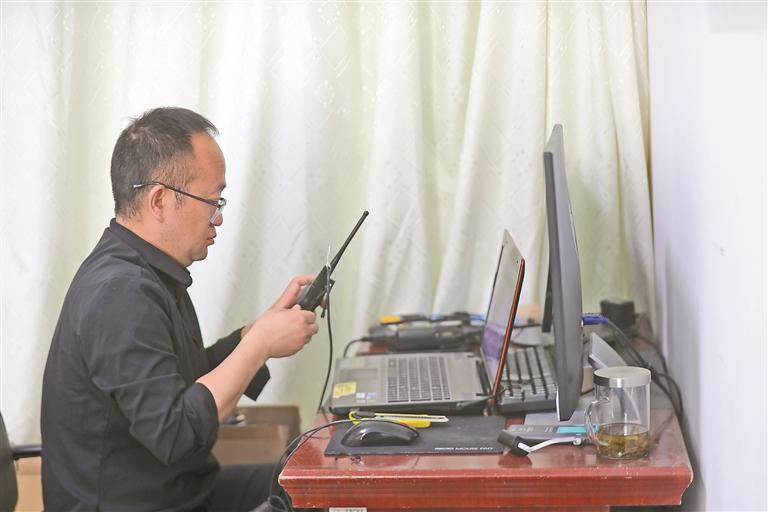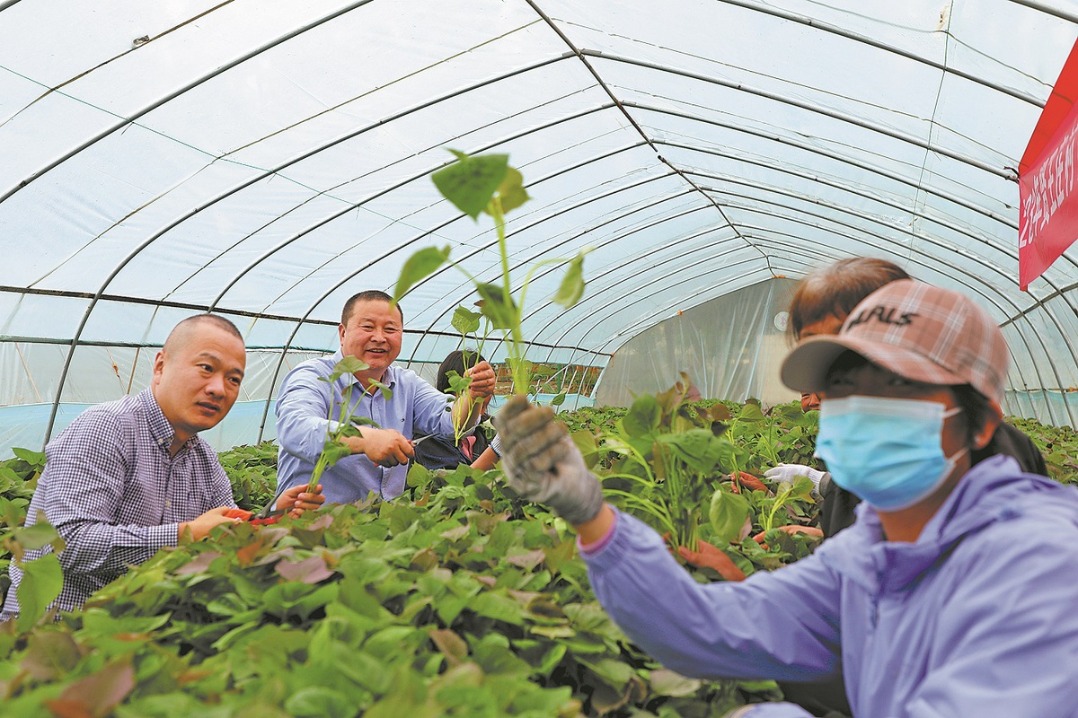Social assistance guideline launched


Blueprint sets out measures to improve welfare network's ability to cope with emergencies
China has rolled out a guideline to reform and refine its social aid system, pledging to bolster assistance for low-income families in the event of public emergencies, such as major pandemics, and widen the coverage of welfare programs.
The latest reform measures take into account the challenges to the country's social welfare programs brought about by the COVID-19 pandemic and make it easier for low-income groups to apply for benefits, experts said.
The guideline, issued by the General Office of the Communist Party of China Central Committee and the State Council on Aug 25, said the country aims to develop a tiered social welfare network in the next two years so that the social aid system is governed by a sound legal framework and needy families from urban and rural areas can obtain help quickly.
In developing a tiered welfare network, the guideline called for measures to refine methods to determine which families require regular minimum subsistence allowances and identify those among the elderly, disabled and minors who require aid packages for the extremely poor.
There will also be more assistance for other low-income families, who will be offered special help in healthcare, housing, education and employment.
It vowed to offer special social assistance to families and individuals whose lives have become difficult due to emergencies, accidents, major diseases and epidemics.
By the end of last year, China had included 43.17 million people in the network for minimum subsistence allowances, helped 4.69 million extremely poor people cover basic expenses such as food, housing and healthcare, and offered care and protection to 242,000 orphans, the Ministry of Civil Affairs said.
The government extended 1.29 million aid packages to homeless people last year and offered 9.17 million temporary subsidies, the ministry said. It said the government had added another 3.4 million people to social welfare programs by the end of June and had issued a temporary subsidy totaling 14.6 billion yuan ($2.13 billion) for low-income groups.
In an instruction issued on Aug 27, Premier Li Keqiang said it is even more important for the government to step up aid measures to help low-income groups amid the fallout from the COVID-19 pandemic and floods in South China.
He urged authorities to pool strengths and ensure the basic living standards of needy families.
Lin Mingang, deputy head of the China Association of Social Security and a social policy professor at Nanjing University, said the guideline drew upon experience from the temporary relief measures implemented during the efforts to contain COVID-19 and made it easier for individuals to apply for relief.
He said it canceled previous requirements that individuals had to file for relief benefits in the area where their household registration or permanent residence was based, stipulating instead that eligible beneficiaries only need to apply in areas where they meet temporary difficulties.
He added that another highlight of the document is that it called for the use of modern information technologies, such as the internet, big data and artificial intelligence, in helping refine the database for social relief and enable more targeted aid measures for low-income groups.
The guideline underlined the need to explore the purchasing of social services to enable the elderly, minors and the disabled to obtain care and visits from caregivers.
Authorities must include clear relief measures for vulnerable groups in their contingency plans for public emergencies and clearly state the procedures for rolling them out, the guideline said.
In the event of a major epidemic or other emergencies, authorities must raise subsidies offered to those living on subsistence allowances and special aid packages, and include those who fall into difficulties in relief networks, it added.
Yao Jianping, an associate professor at North China Electric Power University in Beijing who focuses on social policy, said the COVID-19 pandemic had resulted in temporary job losses for a large number of low-income individuals and heightened the risk of them falling into poverty, which required adjustments to the social aid system.
"The pandemic has further amplified the important role of social aid in helping to stabilize society," Yao said.
"The vulnerable groups are even more vulnerable during the pandemic."
With the country set to lift all rural people out of absolute poverty by the end of this year, the latest measures show the government is shifting the emphasis to establishing a long-term mechanism to reduce relative poverty, he said.
- Macao thrives as collaboration deepens
- Beijing reiterates strong opposition to US arms sales to Taiwan
- Attack in Taipei injures 9, including 4 in critical condition: local media
- Ministry to launch month-long program aimed at promoting youth employment
- National health body asks consumers to read nutritional information on food labels
- China's top cyberspace regulator launches drive against capital market misinformation




































